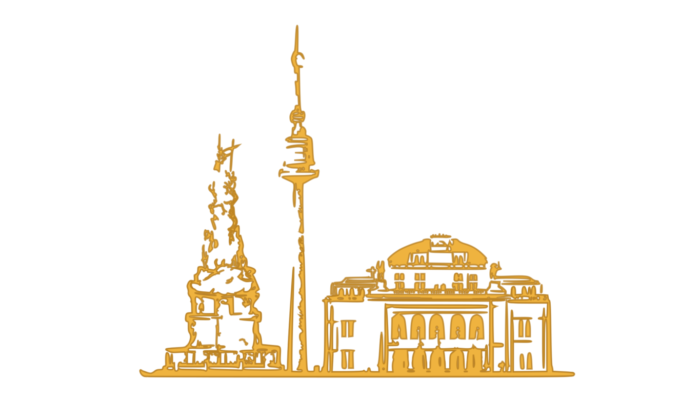
The whole idea of a Hackathon in Science came to me a couple of years ago, when I first read the AgileScientific blog written by Matt Hall.
I figured that such an event is perhaps the most optimal way to generate and develop ideas in rapid time. Then, after I participated in the Ready2Order Hackathon in Vienna, my colleagues and I decided that the time has come and we need to make it happen now.
The topic choice was not a big deal. We needed something related to our field of study, but at the same time broader and general to allow a diversity of people and ideas, which inevitably lead to Citizen Science Hackathon. The planning took us a couple of months, we needed to secure the funding (convinced our Department to pay for it) and a room (luckily, we had our own), get sponsors (actually at some point they started to find us) and attract attendees. The latter was by far the most difficult, since we weren’t trained at using means of communication available for use at the University of Vienna.
During the last weeks, we directed our efforts into marketing to enhance the visibility of the event and ensure its success.
Finally, the event happened on 6-8 December in the walls of the University of Vienna. Five projects were proposed and two were selected for further hacking over the weekend. After sleepless nights and tons of pizza, Mexican and Indian food, the projects were presented to an external judge, the CEO of Spotteron, a company responsible for the creation of digital infrastructure for Citizen Science initiatives.
The Winner’s team created a prototype of the TraML, a system capable of detection and identification of railroad transport (such as trains and trams) utilizing publicly available ground motion (seismic vibrations) data of the Raspberry Shake network and advanced methods of Machine Learning. They were awarded a Raspberry Shake sensor.
The second place was taken by the team who developed CrowdSlide, a web-app, build in order to help scientists study landslides in remote areas. They encourage citizens, enjoying hiking in the mountains, to send photos and GPS data of a landslide to the central database, which is then analyzed by professional researchers, in order to get additional insights into geohazards associated with gravitational flows. Simultaneously this system analyses social media feeds, in order to derive similar information from publicly available photos. This team was awarded tickets to a Citizen Science Conference in Vienna in order to shed some spotlight on their initiative.
Overall, it was a fun weekend, that sparked some collaborations between people, who likely won’t meet other ways, and led to interesting projects with the potential of improving people’s safety and quality of life.
The IMGW Team
This interview was conducted by Eric Loeberich
with revisions from Michaela Wenner
